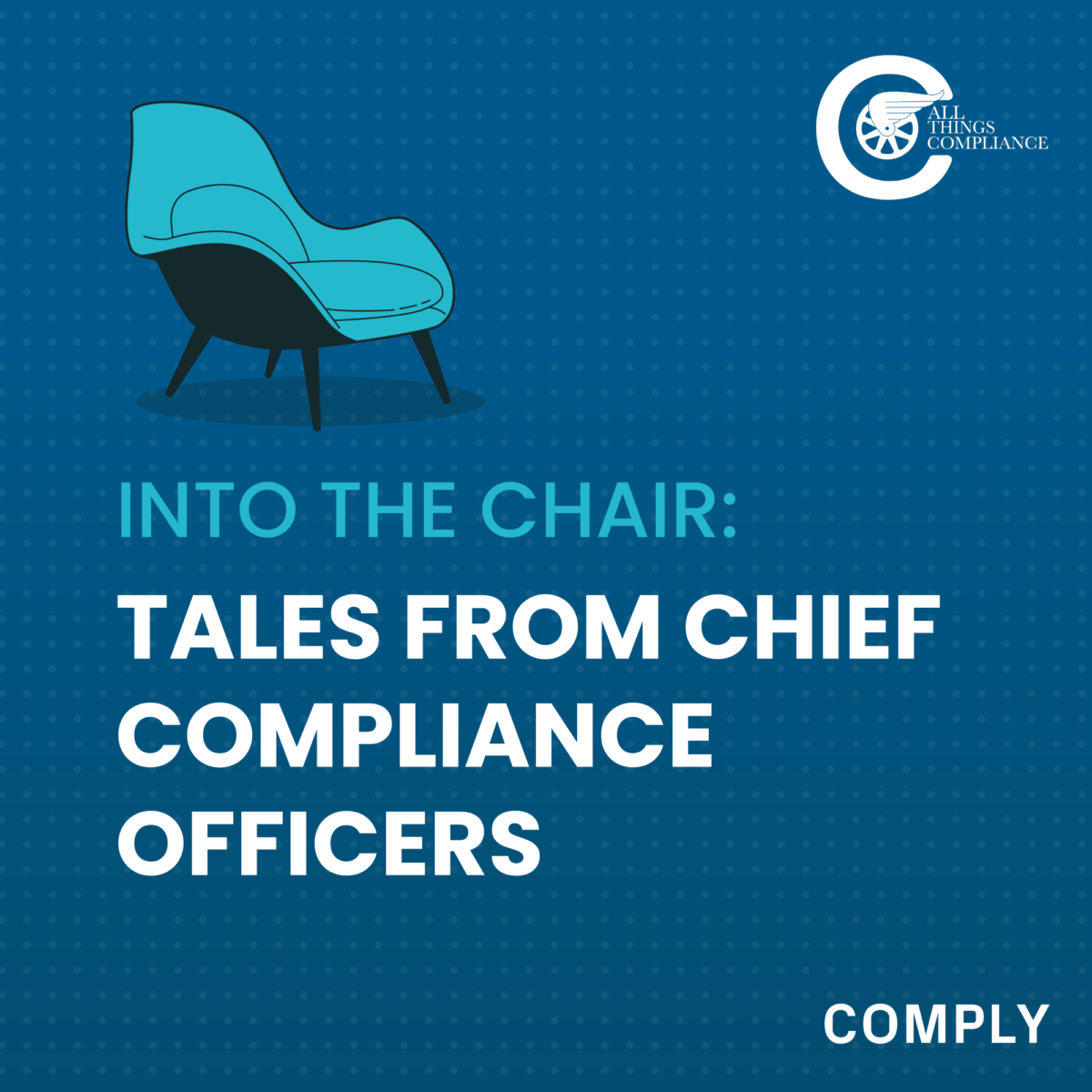In this episode of “It’s Art, Let’s Talk About It,” host Darrell Beauchamp sat down with renowned artist Ron Riddick to discuss his artistic journey and the delicate balance between commercial success and artistic integrity. Ron’s passion for art began at a young age, influenced by his father’s profession and his exposure to art museums. Throughout the episode, Ron shares his insights on the importance of staying true to one’s artistic vision while navigating the demands of the art market.
One of the key themes that emerged from the conversation was Ron’s belief that artists should strive to balance commercial success with artistic integrity. He emphasized that an artist’s worth is defined by the quality of their next creation, rather than the monetary value of their work. Ron’s love for the American West and cowboy culture is evident in his paintings, which are influenced by his childhood experiences and the cultural exchange between Mexican American and Native American influences.
Ron’s artistic routine begins early in the morning, and he finds inspiration in the changing seasons. He believes that artists should paint what they love and find meaningful, encouraging them to study their subjects and fall in love with the stories and poetry behind them. Ron’s approach to art is deeply personal, emphasizing the importance of connecting with the subject matter on a spiritual level.
Throughout his career, Ron has faced the challenge of balancing commercial success with artistic integrity. He acknowledges that the art industry often pressures artists to conform to certain trends or market demands. However, he believes that true artistic growth comes from breaking free of these expectations and finding one’s own vision. Ron encourages artists to learn to see and think for themselves rather than simply catering to what the industry wants.
The episode also touched on the role of museums in the art world. Ron expressed his belief that museums are vital in preserving and showcasing valuable art. He emphasized that good art connects with the human spirit and has the power to evoke emotions and touch the hearts of viewers. Ron sees artists as providing an invaluable service to culture by preserving what is good and putting it out there for people to be reminded of.
Ron’s artistic journey serves as a reminder that the pursuit of art is a continuous journey of growth and self-discovery. He emphasizes that artists never truly arrive but must keep on growing and evolving. Ron’s humility and dedication to his craft are evident in his words, as he acknowledges that there is always more to learn and explore.
In conclusion, Ron Riddick’s artistic journey is a testament to the delicate balance between commercial success and artistic integrity. His passion for painting what he loves and finding meaning in his subjects shines through in his work. Ron’s insights on the importance of staying true to one’s artistic vision and the value of museums for preserving art serve as valuable lessons for artists and art enthusiasts alike. As Ron himself states, “It’s not that you make a lot of money; it’s that you’re doing an invaluable service to culture by preserving what’s good and putting it out there for people to be reminded.”
Resources:
Museum of Western Art
Darrell Beauchamp on LinkedIn
Ron Riddick, Cowboy Artists of America










